1. Your Burger Has Nothing on a Cricket’s Protein Power
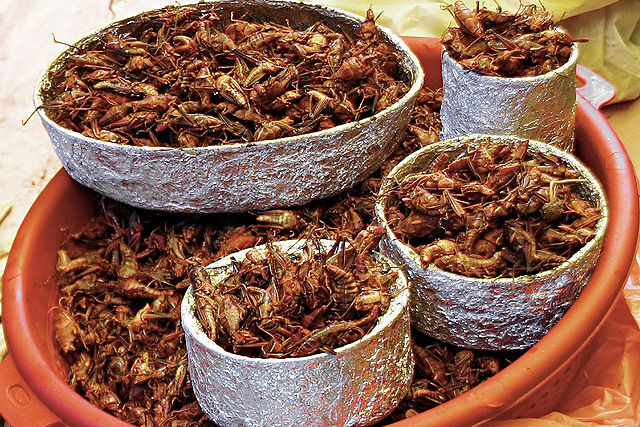
If you think your post-gym protein shake is doing the most, let’s talk crickets. These little guys pack more protein per gram than beef, with all the essential amino acids your body craves. Plus, they require far fewer resources to produce—meaning you can flex your gains and your environmental consciousness at the same time. Imagine getting your daily protein fix without the guilt of contributing to deforestation or excessive water consumption. And before you ask, yes, they taste kind of nutty, with a hint of… well, cricket.
Still not convinced? Think about this: crickets contain more iron than spinach and more B12 than salmon. So the next time you’re chugging down that chalky protein shake, maybe consider a crispy cricket alternative instead. If bugs make you squeamish, just know that they can be ground into flour and blended seamlessly into energy bars or pasta—no legs or antennae in sight. You might already be eating them without even realizing it!
2. The World’s First Insect Restaurant Has a Waitlist
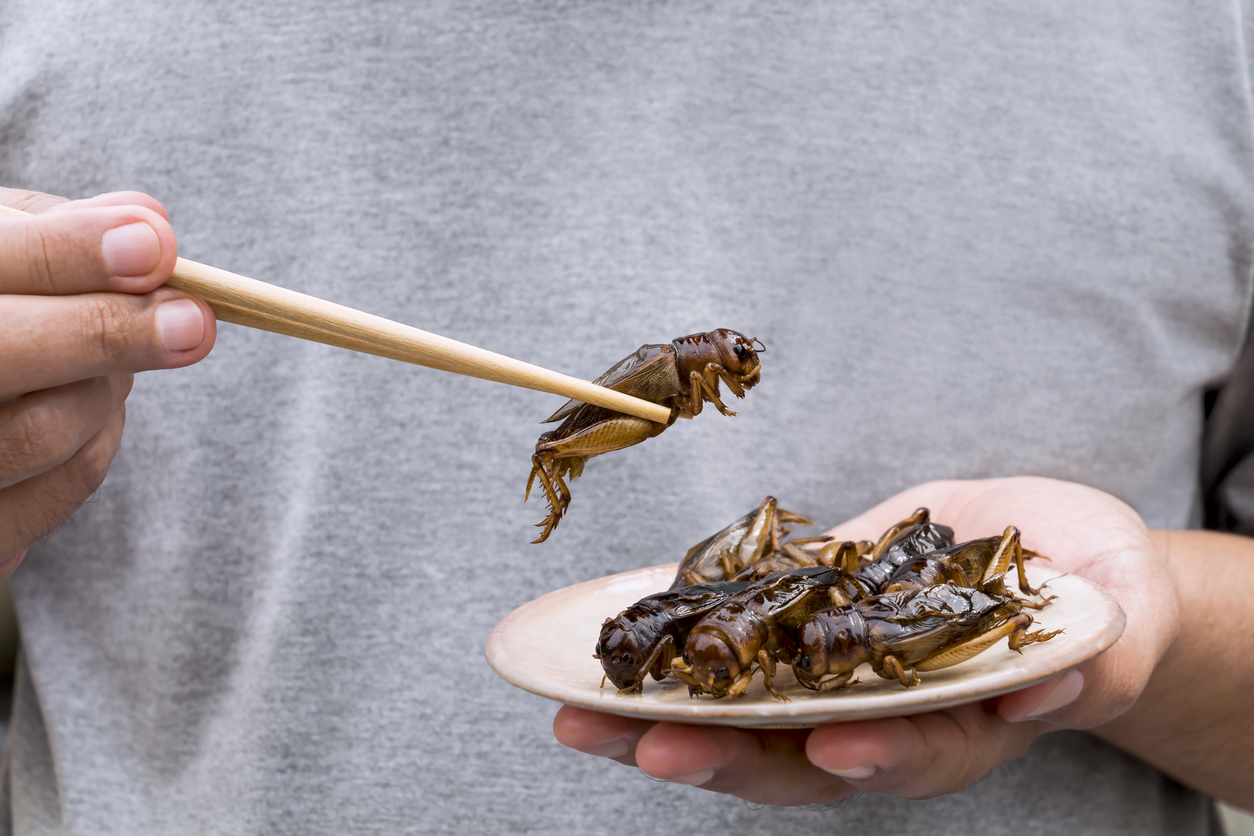
In trendy spots like Copenhagen and Bangkok, restaurants are serving up gourmet insect dishes that foodies can’t get enough of. Think roasted mealworm tacos, silkworm soufflés, and grasshopper tempura. If Michelin-star chefs are getting behind the bug movement, maybe it’s time we all reconsider what “fine dining” really means. The presentation alone would make your Instagram followers do a double take—who knew roasted tarantula could look that elegant? Eating insects isn’t just about survival anymore; it’s about culinary creativity and pushing the boundaries of taste.
And guess what? Some of these restaurants have waitlists months long, proving that curiosity (and maybe a little peer pressure) is enough to get people to take the leap. If a place charging $100 for a cricket-infused risotto is booked solid, maybe it’s worth a try, don’t you think? Plus, if celebrities and top chefs are making bugs a gourmet experience, it might not be long before they start creeping into your favorite local restaurant’s menu.
3. Chocolate-Covered Ants Are a Thing—And They’re Shockingly Delicious

You know how popcorn has that perfect salty-sweet balance? Imagine that, but with a satisfying crunch. Chocolate-covered ants have been around for centuries, enjoyed in countries like Colombia and Mexico. Some say they taste like citrusy pop rocks—others say they’re the ultimate dare food. Either way, they might just be your gateway snack into the world of edible insects. If we can accept chocolate-covered pretzels, why not chocolate-covered ants?
Besides, ants are packed with antioxidants, making them a guilt-free treat with a little extra zing. So, the next time you reach for that boring old candy bar, why not go for something a bit more adventurous? If you really want to test your limits, you could even try fire ants—spicy and tangy, they’ll wake up your taste buds like no other snack. Who knew that pest control and snacking could go hand in hand?
4. Bugs Are Already in Your Food (No, Seriously)

Hate to break it to you, but if you eat anything processed, you’ve already had a taste of insects. The FDA allows a certain amount of bug parts in foods like peanut butter, chocolate, and pasta sauce. So, in a way, you’re already a low-key insectivore—why not just embrace it? Those little specks in your strawberry jam? Probably insect bits. That deep, earthy flavor in your coffee? Yep, some of that might come from ground-up cockroaches.
Grossed out? Don’t be. If you’ve been unknowingly eating bugs your whole life and turned out fine, imagine what happens when you start eating them on purpose—you might just discover a new favorite snack. Think of it this way: instead of hidden bug parts, wouldn’t you rather know exactly what you’re eating? At least with a roasted grasshopper, you can appreciate the crunch for what it is—intentional.
5. Insects Could Solve World Hunger—For Real
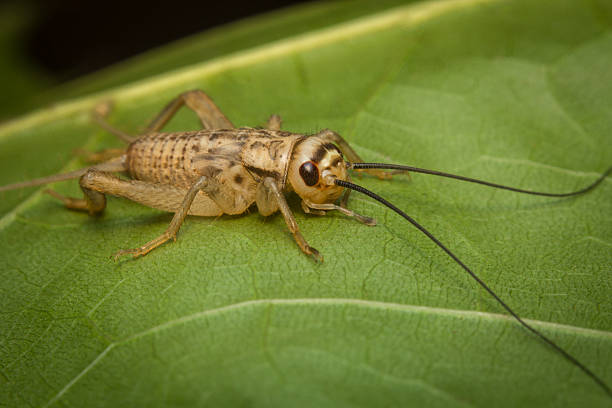
With global food shortages on the rise, insects offer a sustainable, nutrient-dense alternative to traditional livestock. They reproduce quickly, require minimal space, and can be farmed with little impact on the environment. Imagine a future where a bag of cricket flour is just as common as a bag of wheat flour. Wild? Maybe. Necessary? Probably. The reality is, by 2050, we’ll need to feed nearly 10 billion people, and current farming methods simply won’t cut it.
The good news? We already have a solution that’s efficient, environmentally friendly, and nutritious. All that’s left is for the rest of the world to catch up to what 2 billion people already know—bugs might just be the key to feeding the future. Instead of dreading a food crisis, why not embrace a food revolution? After all, the biggest game-changer in global nutrition might just be hiding under a rock—or in your backyard.
6. Eating Bugs is Older Than You Think—Way Older

Before humans figured out how to farm cows, pigs, or chickens, we were munching on insects like it was nobody’s business. Our ancestors thrived on them, and not just for survival—bugs were a delicacy in many ancient cultures. From roasted locusts in biblical times to crunchy cicadas enjoyed in ancient China, entomophagy (the fancy term for eating insects) has deep roots in human history. Even Aristotle, the famous Greek philosopher, was a fan of plump cicadas, describing them as tastier when they were still young and juicy. Sounds weird? Maybe. But considering he also laid the foundation for modern science, he might’ve been onto something.
Fast forward to today, and indigenous communities across Africa, Asia, and Latin America still consider insects an essential part of their diet. For them, eating bugs isn’t some bizarre food trend—it’s tradition. So while the Western world is still cringing at the idea, billions of people are happily enjoying what nature has provided for centuries. Maybe it’s time we stop treating this as a novelty and start seeing it for what it really is—a return to our culinary roots.
7. Bugs Are Basically Nature’s Multivitamin

Think of insects as tiny, crunchy superfoods packed with everything your body needs. They’re loaded with protein, healthy fats, and fiber, plus they’re an excellent source of vitamins and minerals. A handful of mealworms can give you more omega-3s than fish, more calcium than milk, and more zinc than beef. And here’s the kicker: they do all this while being much easier to digest than traditional meats. So, if you’re tired of choking down giant multivitamin pills, maybe it’s time to consider a more natural alternative—one that comes with a satisfying crunch.
But wait, it gets better. Insects are also full of gut-friendly chitin, a type of fiber that promotes healthy digestion and even boosts your immune system. Some studies suggest that eating bugs could help reduce inflammation and improve overall gut health. So the next time someone tells you that eating insects is gross, just remind them that their overpriced probiotic supplement wishes it was this effective.
8. They’re Better for the Planet Than Livestock—By a Mile
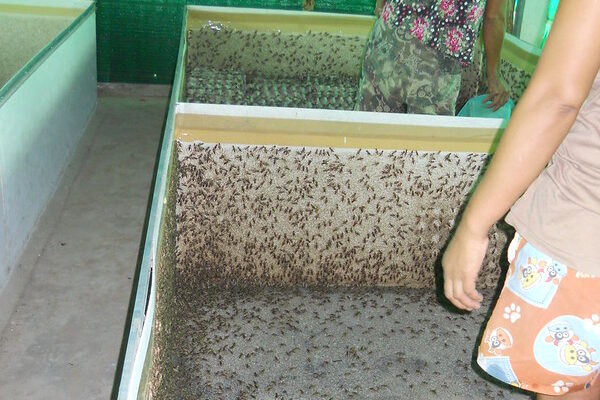
Raising cows, pigs, and chickens takes an enormous toll on the environment. We’re talking deforestation, excessive water use, and sky-high greenhouse gas emissions. Meanwhile, insects require barely any space, consume significantly less water, and produce a fraction of the emissions compared to traditional livestock. Farming crickets, for example, produces up to 80% less methane than raising cows. That means swapping out beef for bugs isn’t just good for you—it’s a win for the planet, too.
And here’s a fun fact: insects are incredibly efficient at converting food into energy. Crickets, for instance, need six times less feed than cattle to produce the same amount of protein. That means we could feed way more people with way fewer resources if we made insects a staple food. So if you care about sustainability, eating bugs isn’t just an option—it might just be a necessity.
9. The Texture is Surprisingly Enjoyable
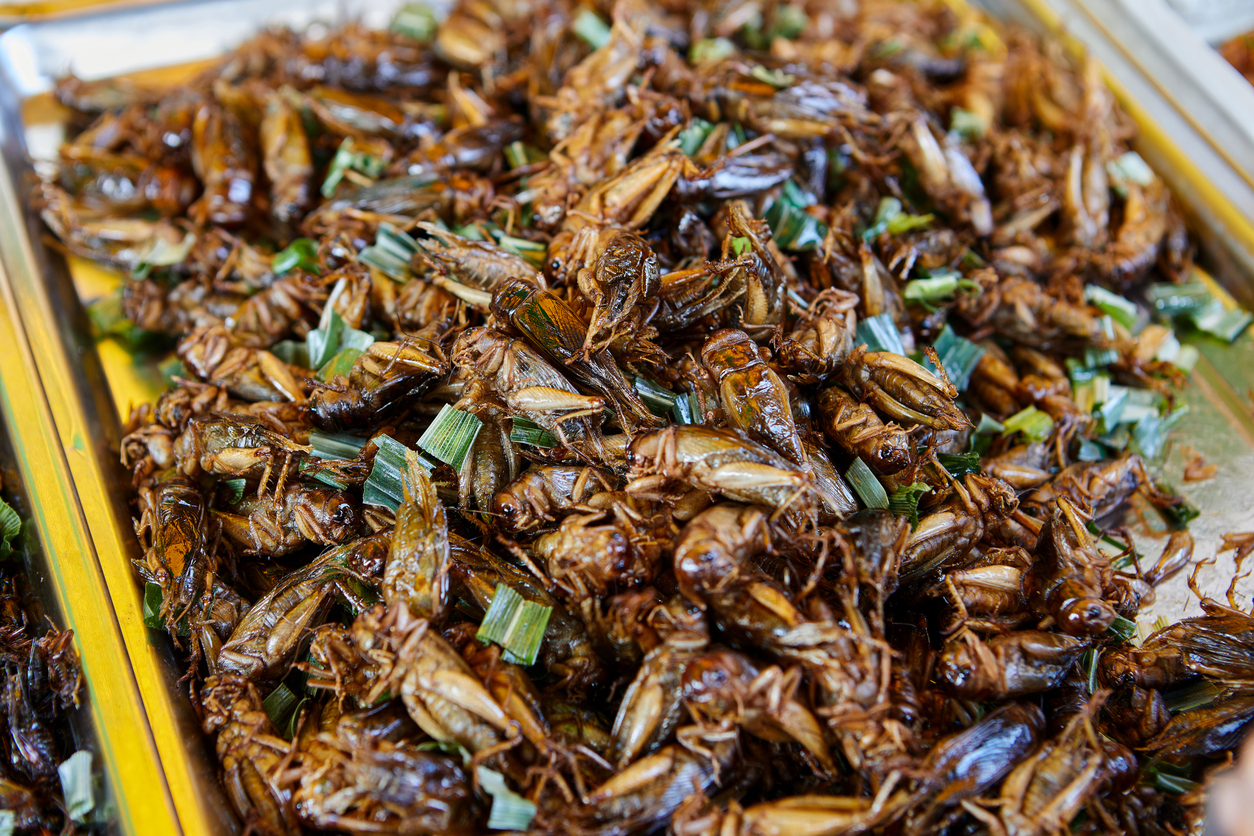
Let’s be real—most people hesitate to try insects because they imagine a slimy, gooey mess. But the reality? Many edible bugs are crispy, crunchy, and delightfully light. Think of roasted crickets as nature’s potato chips or toasted mealworms as nutty, airy puffs. Even deep-fried tarantulas have a crunch that rivals your favorite fried chicken skin (minus the guilt). It’s all about how they’re prepared, and thankfully, chefs around the world are getting creative.
For example, grasshoppers can be dry-roasted for a smoky, popcorn-like flavor, while silkworm pupae develop a rich, umami depth when simmered. If you’re still unsure, start with insect-based flour, which blends seamlessly into bread, pasta, or protein bars without a hint of “bugginess.” In other words, if texture is what’s stopping you, you might be pleasantly surprised at just how normal eating bugs can feel.
10. The Future of Food Might Be Crawling

It sounds wild now, but give it a decade or two, and edible insects could be as common as sushi or tofu. The global edible insect industry is already booming, with companies developing everything from cricket protein powders to gourmet bug-based snacks. Even major food brands are investing in insect farming, recognizing it as a sustainable solution to future food crises. And let’s be honest—once big corporations get on board, it’s only a matter of time before bugs are on supermarket shelves everywhere.
So, the real question isn’t would you eat insects—it’s when will you? Maybe you’ll be an early adopter, boldly crunching on roasted grasshoppers before they hit the mainstream. Or maybe you’ll unknowingly enjoy a bug-infused protein bar, only to realize later that it was delicious. Either way, the future of food is changing, and whether you like it or not, insects are crawling their way onto the menu. So… are you in?


